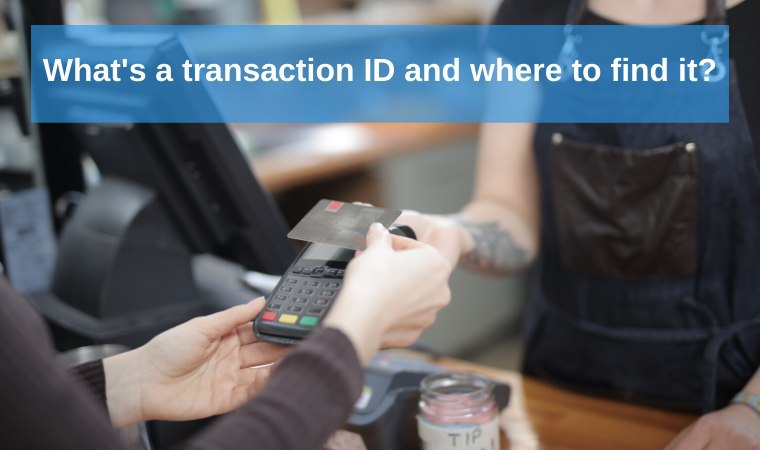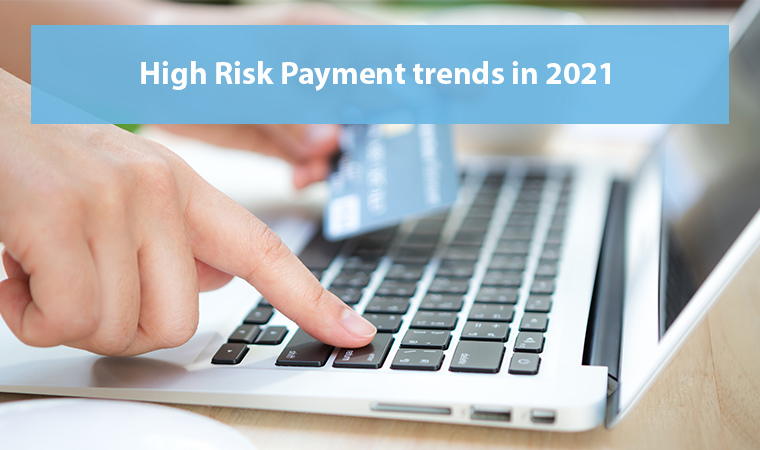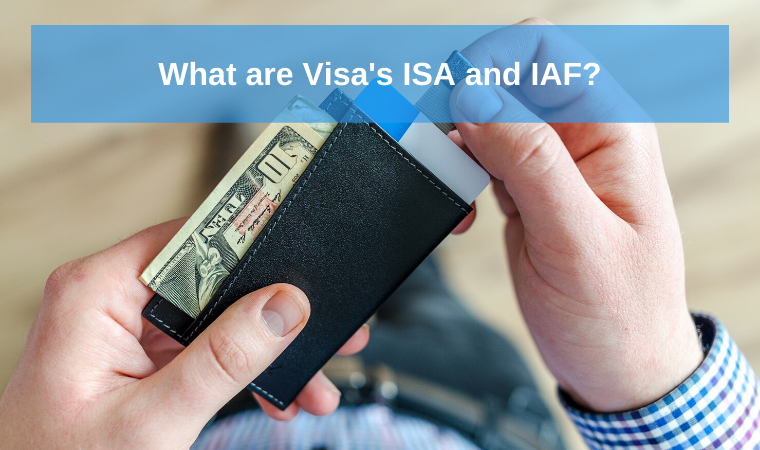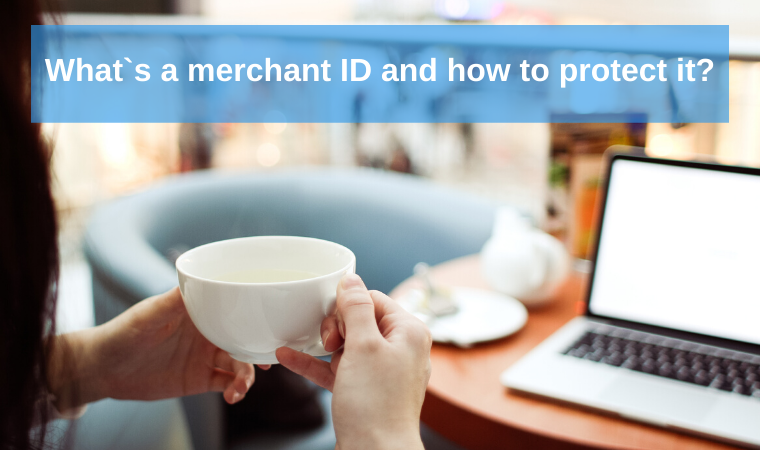What’s a Transaction ID and Where to Find It?

The transaction ID is a set of digits that defines each transaction. With its help, bankers identify the purchase that was made by the cardholder. It is always unique, meaning that no two transaction IDs are the same. Usually, the key consists of numbers and letters and looks like a 12-18 digit code.
If a cardholder wants to track a particular payment, the transaction ID is required. The ID is also needed if the consumer has an intention to request a refund. It can also be used to identify the cardholder before reporting the payment data of a particular customer.
What does a transaction ID consist of?
As already briefly mentioned above, a transaction ID is a set of digits used to associate particular payments with a specific merchant or a customer. You can use it to analyze the status of a specific transaction made via a payment system or for search purposes in the payment logs.
A transaction ID typically consists of a unique set of letters and numbers. However, some systems also add symbols for better navigation and easier search.
What’s the difference between a Purchase ID and a transaction ID?
It feels like a purchase ID and a transaction ID overlap if are not interchangeable. However, in reality, it’s not the case. A transaction ID doesn’t always follow a purchase. For instance, if a user paid for the goods or services with a coupon or used loyalty program points. The system would still need identification for the purchase, so the purchase ID will be assigned. However, no purchase was made. And therefore, a transaction ID is not necessary. This is not a universal rule of thumb but it happens.
You might also like “What’s a merchant ID and how to protect it?”
How can you get a transaction ID from your payment?
Services use different CRM systems. Hence, all the transaction IDs are exposed differently. To identify a transaction ID, enter the FAQ of your service provider or reach out to customer support. Check out some examples of the most common services where customers are searching for their transaction IDs:
PayPal transaction ID
To identify a PayPal transaction ID, enter your PayPal account. After that, go to the “Activity” page. There you will see a list of transactions made from your account. Open the transaction you need and choose the field “Transaction ID.”
Bitcoin transaction ID
Every Bitcoin transaction, just like every other credit card transfer, has its own transaction ID. It is called a hash. It’s a unique set of letters and numbers. To identify the bitcoin transaction ID, take the following steps:
- Enter blockchain.info. The site allows one to view and search all the crypto payments made on the blockchain.
- In the “Search” area, print down the crypto address you made the payment to.
- Then, hit the “Search” button. All the transactions that have to do with that address will be listed down, from the newest ones to the oldest.
- The easiest way to find your particular transaction is to use the keyboard shortcut Command + F (macOS) or Control + F (Windows).
- Once you have identified your bitcoin transaction, the transaction ID is exposed as a long set of letters and numbers. It is located in the “Hash” field right above the transaction amount.
Summary
A transaction ID is a random set of letters and numbers assigned to a transaction for identification purposes. It’s different from a purchase ID (in most payment systems). And a user can find it in reports inside a payment system.


